Notable people who have called Huntersville and Mooresville home
- Oops!Something went wrong.Please try again later.
Do you know some of Huntersville and Mooresville’s most notable residents? Some of these people listed below were instrumental in the growth and development of the towns, and some went on to accomplish remarkable things in their careers.
Huntersville’s list is courtesy of the town of Huntersville; Mooresville’s is from Andy Poore, Mooresville Public Library Local History and Archives expert.
Huntersville
Rachel Miller Bellew was Huntersville’s first female Town Board Commissioner when elected in 1973. She served on the Sanitation Committee and volunteered as a school crossing guard.
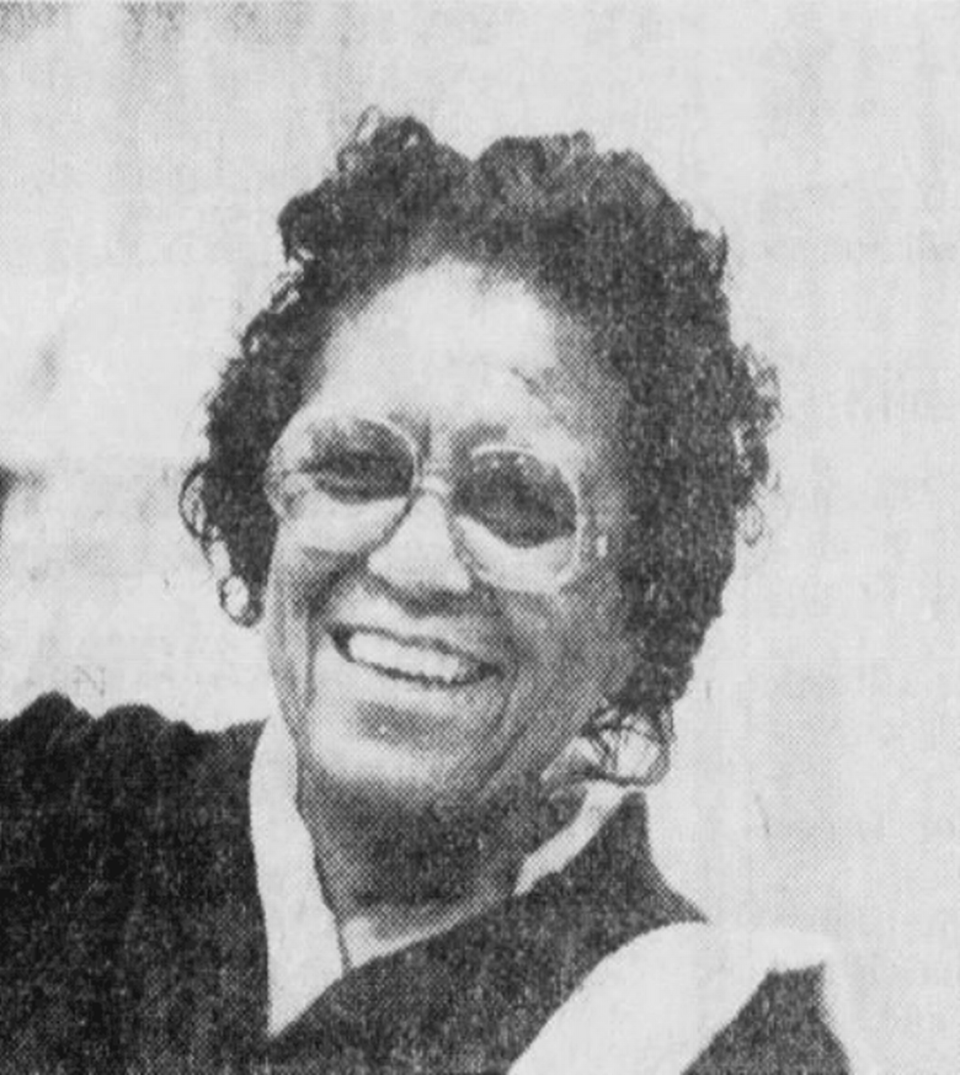
Levera Pearson Wynn worked tirelessly to improve the lives of others. In the 1970s, she went door to door in the Pottstown community trying to get residents to support a voluntary annexation into Huntersville so residents could receive Town services. Wynn’s work with the Huntersville Community Development Association, particularly Project Light, received much acclaim. In 1980, she was named Mecklenburg County Employee of the Year. In 1999, Huntersville Mayor Quillen presented Wynn with a key to the Town and proclaimed June 5 as “Levera Wynn Day.”
Otha James Potts owned a substantial amount of land around and behind Church Street. Although initially farmland, Potts sold parcels for homes. Employed by a construction company in Charlotte, he used scrap materials from commercial construction sites to build his home and trained others in the art of plastering and laying bricks. He is the namesake of the present-day Pottstown community.
Leroy Roscoe Wynn was an agriculture and horticulture teacher at multiple Charlotte-Mecklenburg Schools, including Torrence-Lytle School where he taught for 18 years. In 39 years of teaching, Wynn never took a sick day. He was the first African American elected to the Huntersville Town Board and was very involved in the Piedmont Area Development Association, the Huntersville Community Development Association, and the Huntersville Planning and Zoning Board.
Richard Dalrymple was a connoisseur of jazz. At the urging of his barber, David Beatty of Beatty’s Barber Shop in Huntersville, Dalrymple met the owner of radio station WHIP 1350, who put him on the air. Dalrymple’s Jazz Party program was well-known as the place to not only listen to and learn about jazz greats but to hear local artists. He had a great voice for radio but also served as the emcee of local festivals and events. Dalrymple was passionate about jazz’s rich history and his license plate affectionately displayed RMDJAZZ.
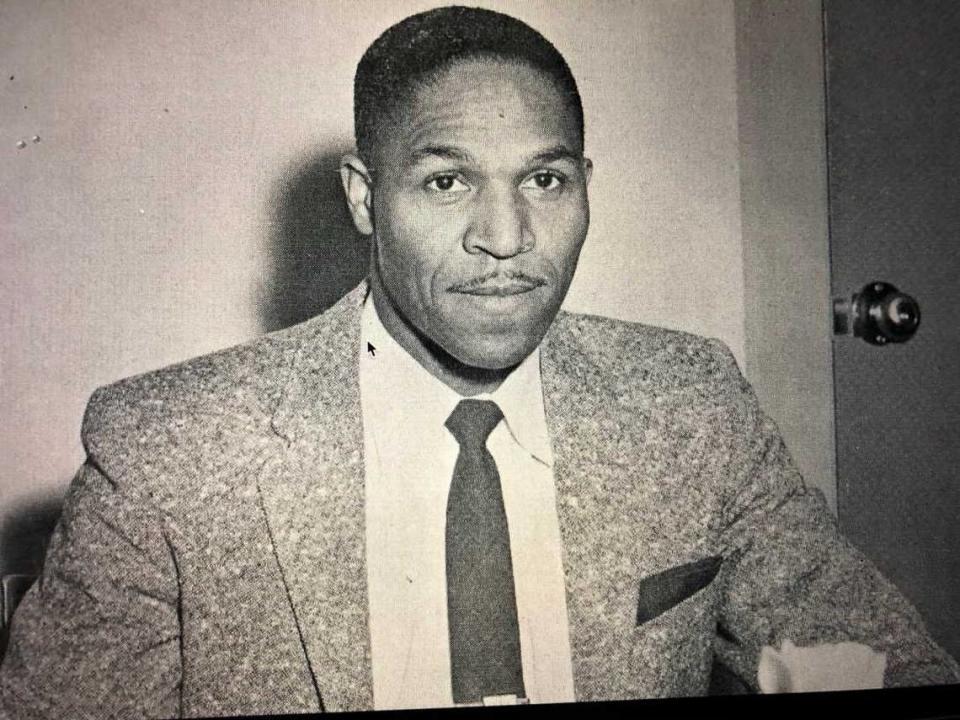
Isaac Torrence Graham was the first and only principal of Torrence-Lytle High School (1937-1966) in Huntersville. After Charlotte-Mecklenburg Schools integrated its schools, Graham became the assistant principal of North Mecklenburg High School.
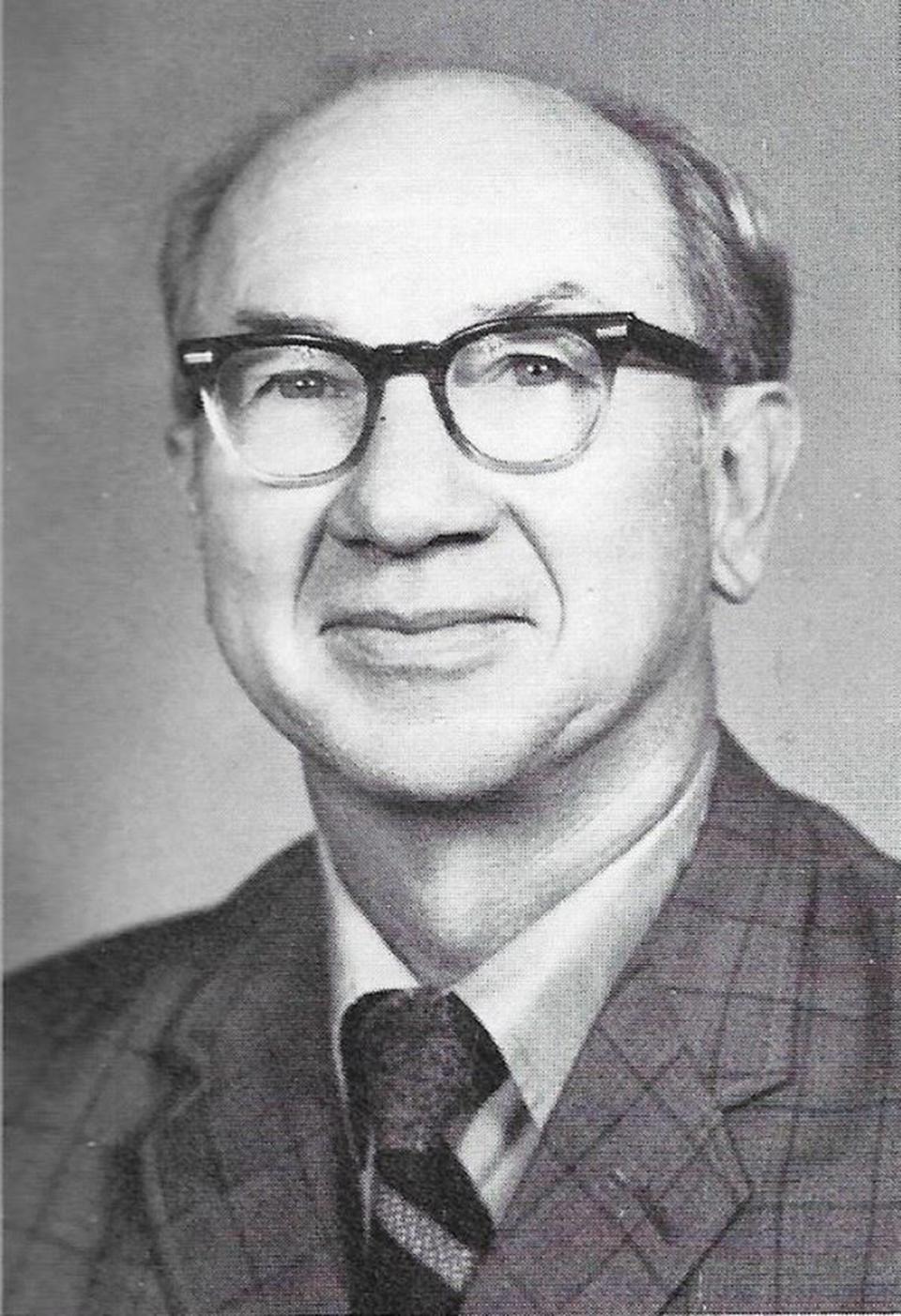
William Amos Hough Jr., a lifelong educator, served as principal of North Mecklenburg High School from 1955 to 1974. The NC Association of Educators named him Principal of the Year in 1970 and he was one of the first inductees into the school’s Hall of Fame. Even in retirement, Hough still remembered former students and could often call them by name. Hough High School in Cornelius is named in his honor.
James Hoyt Wilhelm was one of 11 children born to tenant farmers in Huntersville and began his baseball career in the Lake Norman area. Wilhelm served in the US Army during World War II and was awarded the Purple Heart. Nicknamed “Old Sarge” because of his military service, Wilhelm played his professional career with shrapnel in his back as a result of battle injuries. In 1985, he became the first relief pitcher elected into the Baseball Hall of Fame. The Town’s Parks and Recreation Department dedicated a statue to him in 2008, which can be seen in the Huntersville Athletic Park.

Richard Barry was a tanner, legislator, and one of the signers of the Mecklenburg Declaration of Independence. He was co-founder of Hopewell Presbyterian Church and is buried in the church’s cemetery. Barry is also remembered for recovering General William Lee Davidson’s body after the Battle of Cowan’s Ford. Huntersville’s Richard Barry Memorial Park on Beatties Ford Road is named in his honor.
Ryder Michael Ryan, a professional baseball pitcher, was born in Huntersville and attended North Mecklenburg High School and the University of North Carolina at Chapel Hill. Ryan won a silver medal with Team USA at the Tokyo 2020 Olympic Games, making four appearances in relief during the tournament.
Andrea Stinson attended North Mecklenburg High School and was selected as Female Player of the Year for the North Carolina High School Athletic Association in 1986-87. She was often seen participating in open gym at the David B. Waymer Recreation Center. Stinson played basketball for North Carolina State University where her accomplishments earned her induction into the school’s Hall of Fame. After playing professionally with the Women’s National Basketball Association and the European League, she has continued her passion for basketball through coaching.
General William Lee Davidson was a Revolutionary War officer who died protecting Cowan’s Ford from an enemy crossing. Although the battle was lost, the outnumbered army’s efforts bought the patriots invaluable time later in the war. He is buried in Hopewell Presbyterian Church Cemetery and a monument is erected to commemorate his death near the intersection of North Carolina Highway 73 and McGuire Nuclear Station Road.
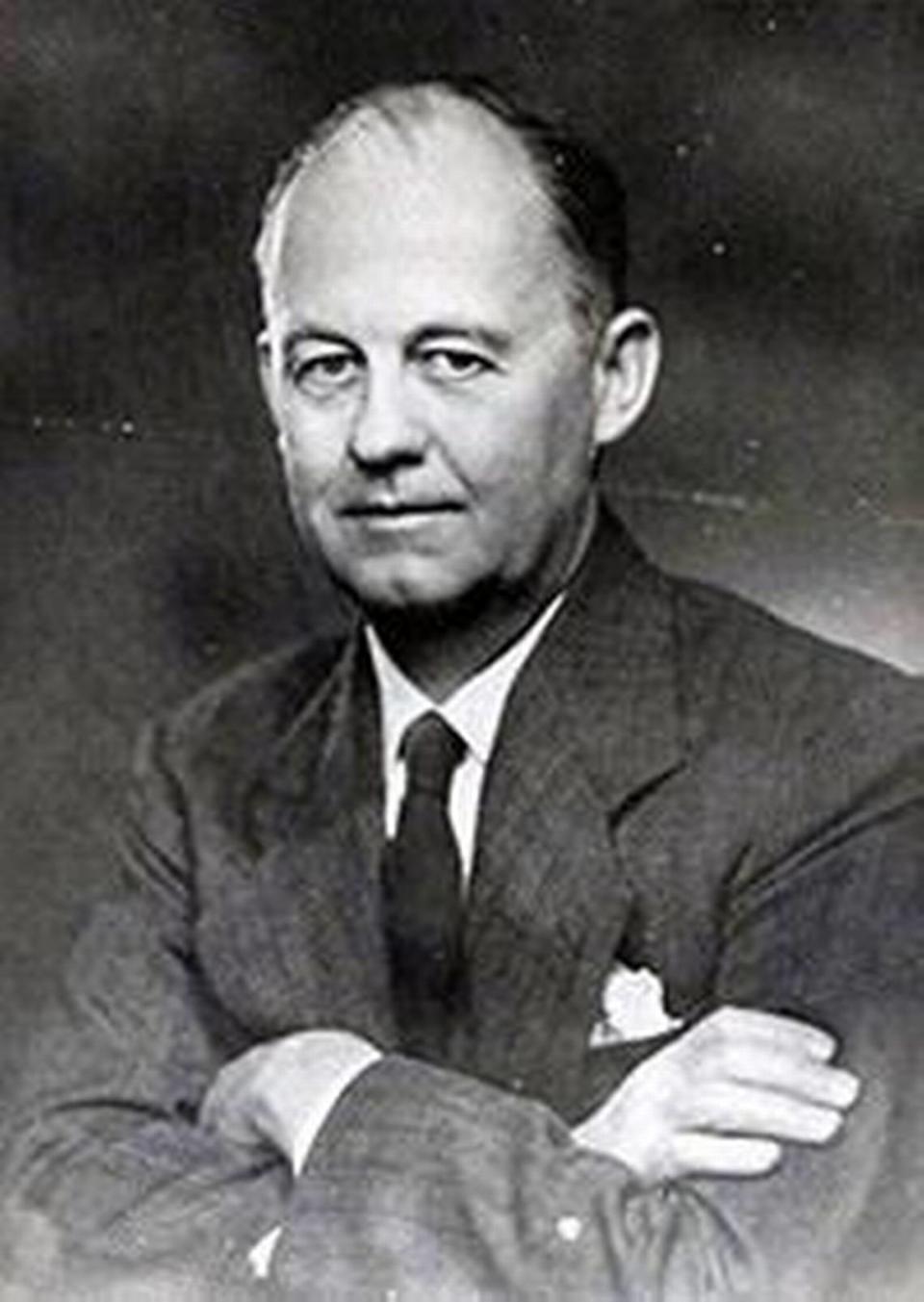
William LeGette Blythe made his name as one of the most respected journalists and versatile authors of Mecklenburg County. He worked for The Charlotte News and The Charlotte Observer as a journalist before starting to write his own award-winning books. Blythe was inducted into the North Carolina Literary Hall of Fame in 2002. Blythe’s childhood home on Gilead Road was located just a few hundred yards away from his adult home. Blythe Elementary school is named in his honor.
Dwight Shaw Cross Jr. returned home after serving as a pilot in the Air Force and went to work for his dad at Cross Chevrolet, which he later owned. He served on the Huntersville Community Council, coached Little League, and was elected to the Huntersville Town Board, where he served as Mayor Pro Tem.
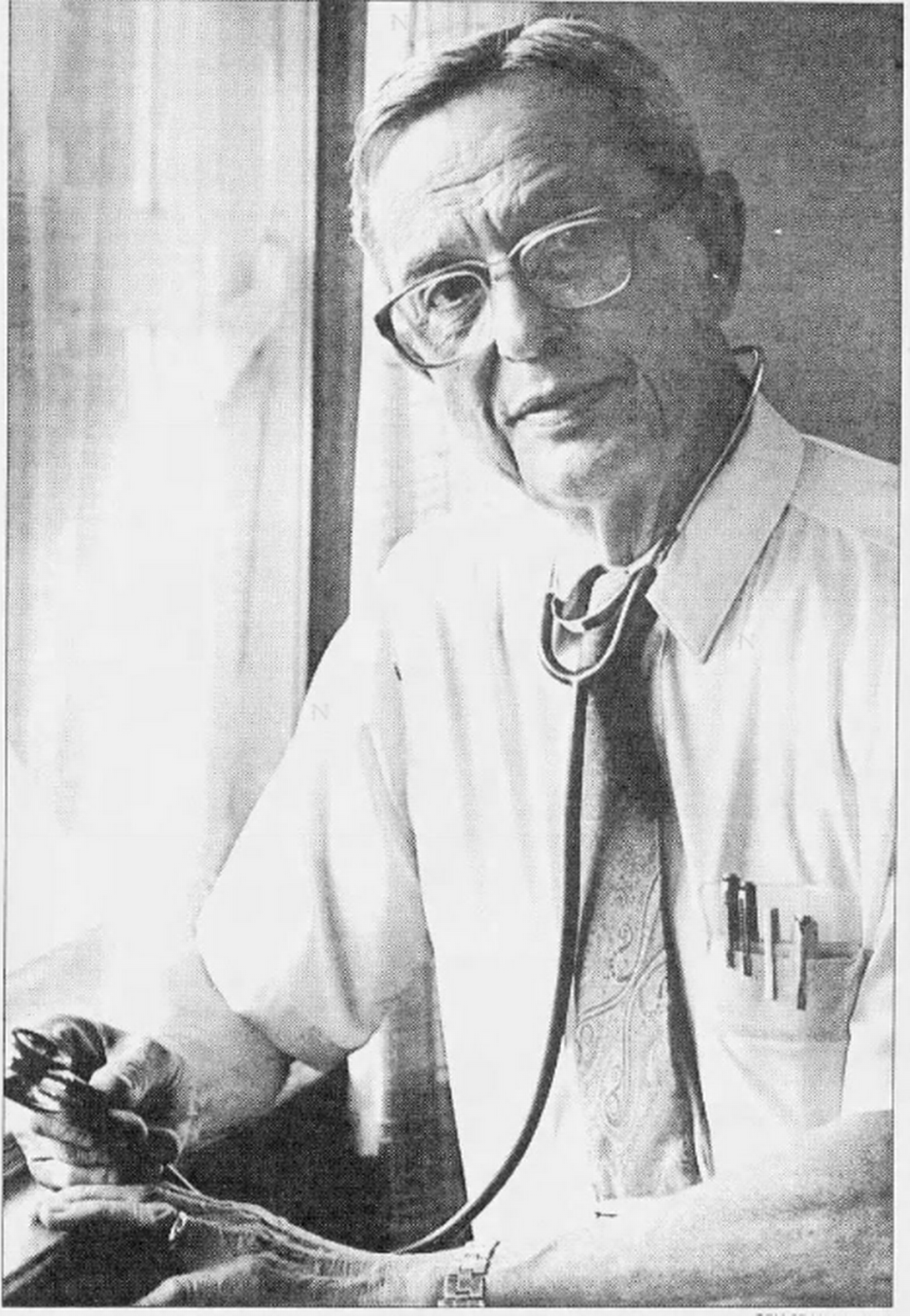
Dr. Hillis Ledbetter Seay was a local physician who practiced medicine in the Huntersville area for more than 50 years. He did extensive clinical research in the treatment of tuberculosis and served as superintendent of the Mecklenburg Tubercular Sanitorium in Huntersville for 18 years before entering private practice. In 1955, Seay was one of three doctors serving the North Mecklenburg area. In 1977, the town celebrated “Hillis Seay Day” in recognition of his dedication to the community.
Mooresville
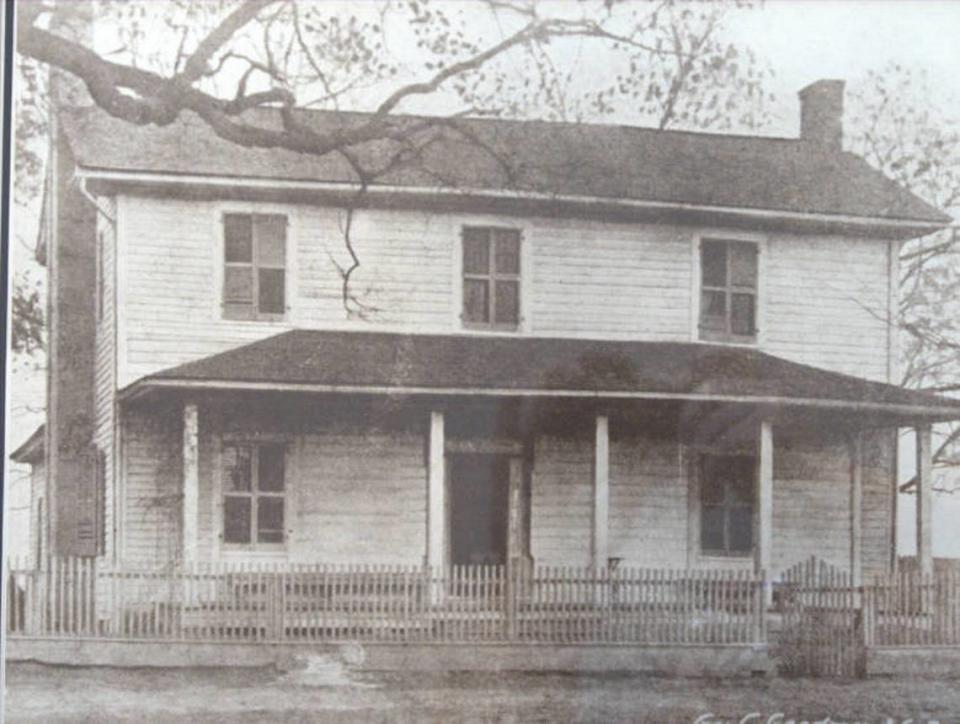
Mr. William (Bill) Young who worked with Junior Johnson in building stock car engines in the early days.
Dr. Carl Hager who was from Germany and defected during World War II to the U.S. He was a rocket scientist who helped develop the rockets that took us to the moon. He came to work for Burlington and lived the rest of his life in Mooresville. There is a tribute to him at NASA
Dr. Richard Barber who lived in Mooresville and was head chemist for Burlington Industries. He got the formula from 3M on water resistant clothing, of which they could only make work on their rain wear. He made it work on regular clothes of which became stain-resistant clothing.
John Mack who was the CEO for Morgan Stanly and whose father ran a wholesale store here. The Mack family came to Mooresville around 1900 and John grew up in Mooresville. The citizen center is named after his farther.
Joe Knox who served as Mooresville mayor for 32 years and is one of a handful of men to have done so.
Lt. Col. Harry Hart who served under Gen. Paton as one of his tank division commanders. Mr. Hart was the first American to enter Hitler’s office and government building.
Pete Meletis served in the Korean War U.S. Marine Corp, First Marine Division E Company 2nd Battalion 5th Regiment and was one of the 15,000-member United Nations force was trapped and outnumbered 20 to 1 by the Chinse in a major battle. He was featured in Time Magazine and is in a book called “This is War.” He received the Sliver Star, Purple Heart (several) and various other awards.
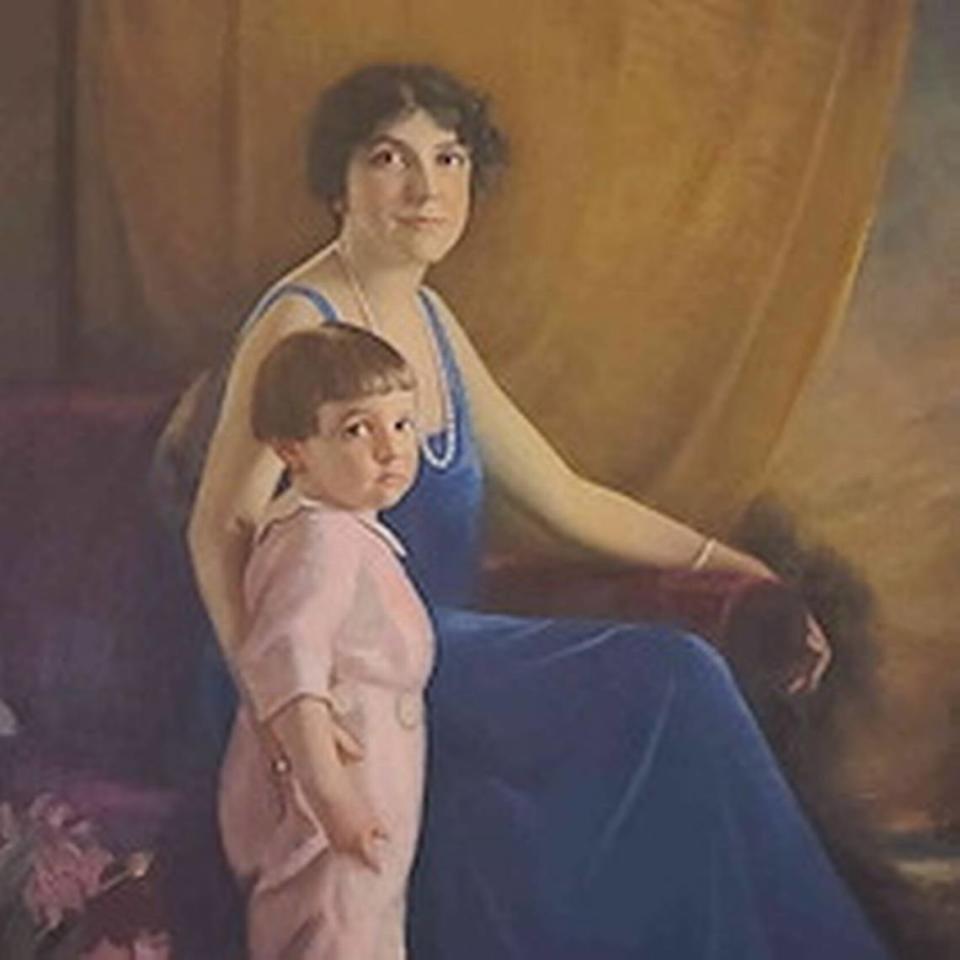
LuTelle Sherrill Williams whose husband Clay Williams was president of R. J. Reynolds in the 1930s. She built the first library building in 1939 on the site of her home and gifted it to the town. Mooresville is still using the building today.
Mary Davidson Matheson who worked to build the War Memorial building, Mooresville’s first community center.
Mrs. George Goodman who was the founding Regent of our Chapter of the Daughters of the American Revolution who was the driving group behind many of Mooresville’s civic projects, such as the War Memorial.

